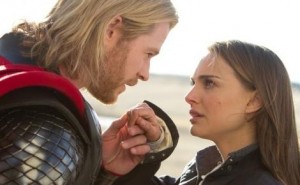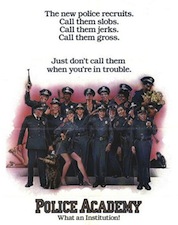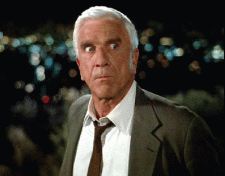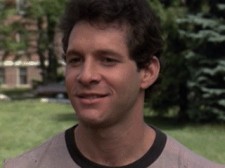We movie critics take a lot of flac. People accuse us of lazily taking cheap shots at directors, actors and techs who break their backs and offer up their work. Occasionally, someone will say “Why don’t you just make a movie yourself, if you think it’s so easy?”
So, I decided to try it. It was a few months ago that I was introduced to Xtranormal.com, the website that allows ordinary people to make movies by selecting characters and locations from a menu, and typing dialogue. And I have to admit, having actually put my nose to the grind stone, that … movie making is really easy! I don’t know why all those studios, with billions of dollars at their disposal, couldn’t get it right, when I did this with a laptop and a few hours. I’m partly joking of course, but I do want to draw attention to three good things that Xtranormal will contribute to the American cinema: One, it puts a bit more of the power in the hands of ordinary people to counteract the Hollywood propaganda machine. Two, you can’t fill your movie up with car chases and explosions, so it forces the audience to focus on dialouge. And three, most of the people who will use Xtranormal will likely be people who have something worthwhile to say to the world, as I did when I made the film below. Enjoy.





















